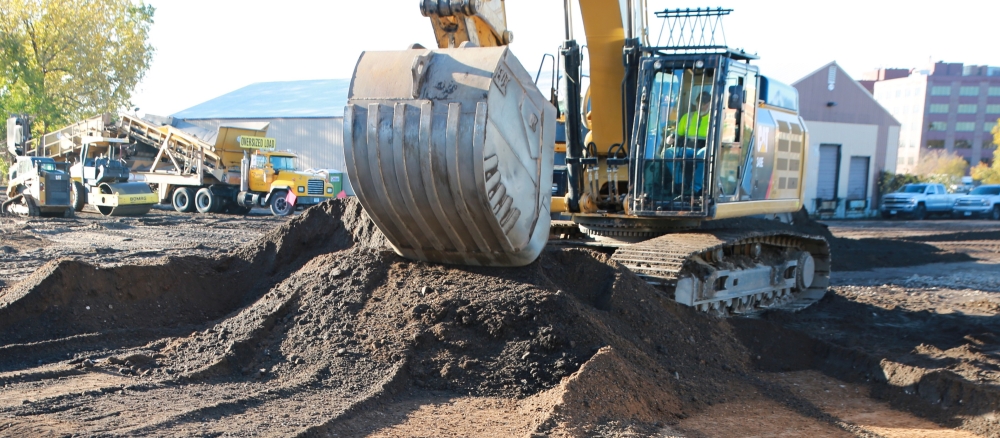Today, the Minnesota Pollution Control Agency (MPCA) announced it will invest a $2 million grant from the U.S. Environmental Protection Agency (EPA) to restore and revitalize brownfield locations in four target areas: the Lake Street corridor and West Broadway corridor in Minneapolis, University Avenue corridor in Saint Paul, and the City of Cass Lake in northern Minnesota.
The new funding supports projects developed by individual communities that focus on rebuilding small or family-owned businesses, creating green space, or developing affordable housing.
“These dollars will advance our ongoing efforts to cleanup and revitalize communities where residents have higher exposures to pollution than in other parts of Minnesota,” said MPCA Commission Katrina Kessler. “Contamination from legacy manufacturing facilities, gas stations, and dry cleaners are often hurdles to neighborhoods working to realize their vision for the future.”
The grant will fund 64 environmental site assessments and up to 15 specific cleanup plans. Priority cleanup and brownfield redevelopment will occur in four target areas.
Lake Street corridor, Minneapolis
The 2.5-mile stretch in south Minneapolis is a historical Hispanic immigrant neighborhood and home to the third largest urban American Indian population in the United States. Priority projects were informed by local neighborhood groups with a vision to create retail space at two contaminated sites.
- The former 7-Sigma site was an urban manufacturing plant (polymer and metal components). Suspected contaminants include volatile organic compounds (VOCs), heavy metals, petroleum, and per- and polyfluoroalkyl substances (PFAS). One proposed project would develop a local food hub that provides residents access to healthy food and creates jobs.
- The former Kmart site at Nicollet Avenue is a 10-acre property that includes a large parking lot and vacant store that closed permanently in 2020. Likely contaminants include asbestos and lead associated with buried debris, petroleum from former tanks, and VOCs in soil vapor from an adjacent metal plating facility listed as a state Superfund site. An environmental investigation, cleanup plan, and community engagement is needed to determine next steps
City of Cass Lake
The city limits are located within the Leech Land Band of Ojibwe community and house federal Superfund site at the location of a former wood-treating plant. Two priority sites are located here.
- The Old Roundhouse is currently a vacant lot just southeast of downtown formerly occupied by a Burlington Northern Railroad roundhouse. Potential contaminants include petroleum compounds, heavy metals, VOCs, semi-VOCs, and polychlorinated biphenyls (PCBs). The site is a possible location for a new firehouse to better serve residents.
- The 2nd Street Downtown site consists of vacant and dilapidated buildings along the south side of the 200 block of 2nd Street NW. A hazardous materials survey and further planning is needed. The community vision is to create a mixed-use area of businesses and affordable housing.
West Broadway corridor, Minneapolis
The former O’Reilly Auto Parts site and the adjacent former car wash are located at an intersection that has had a variety of commercial uses for the past 100 years. Potential contaminants include petroleum and non-petroleum VOCs. Redevelopment is being pursued by Justice Built Communities, which is a community development organization focused on building equitable wealth for people of color, while preventing gentrification and displacement.
University Avenue corridor, St. Paul
The Double Dragon Mall site is a shopping center that is home to grocery and retail businesses locally owned by Black, Indigenous, and People of Color (BIPOC). The vision for redevelopment includes retaining family-owned small businesses and ensuring the continuation of essential neighborhood services, including an important grocery store for immigrant families in the neighborhood.
